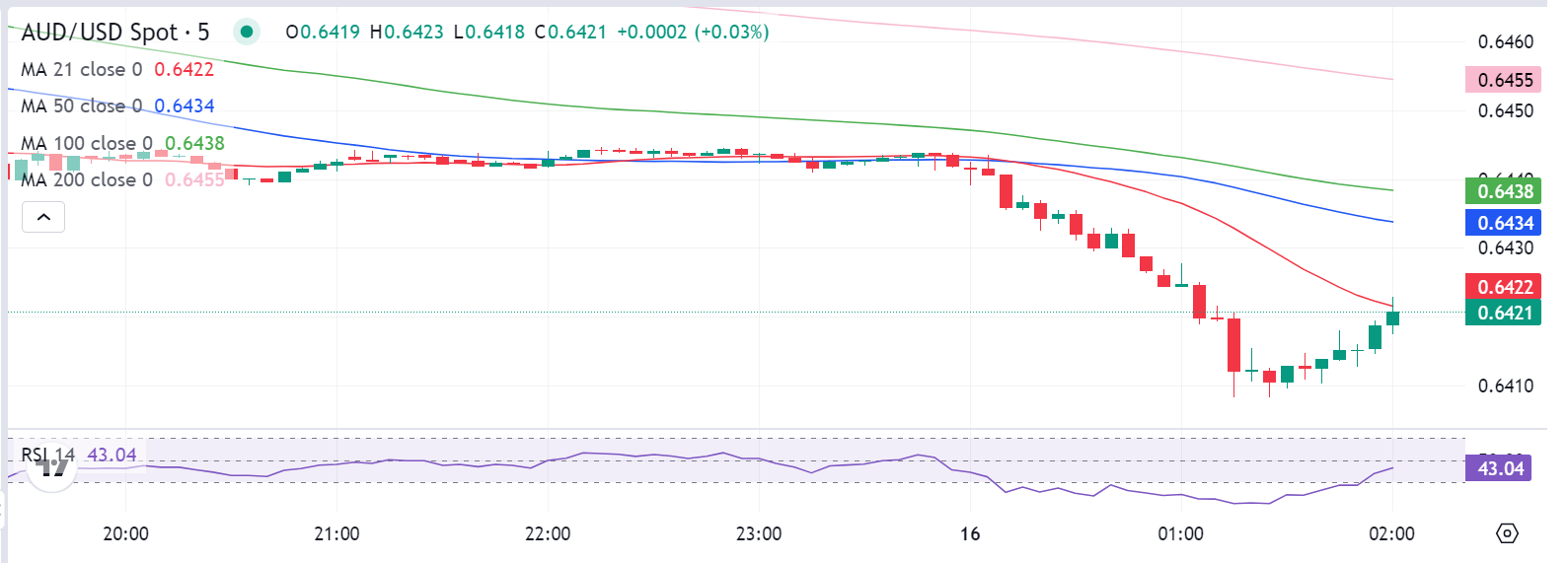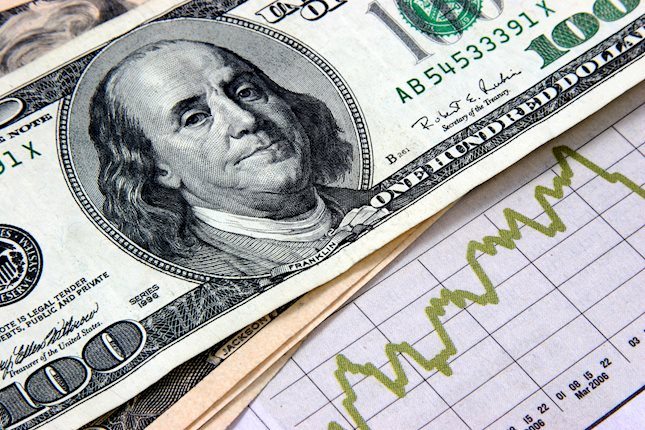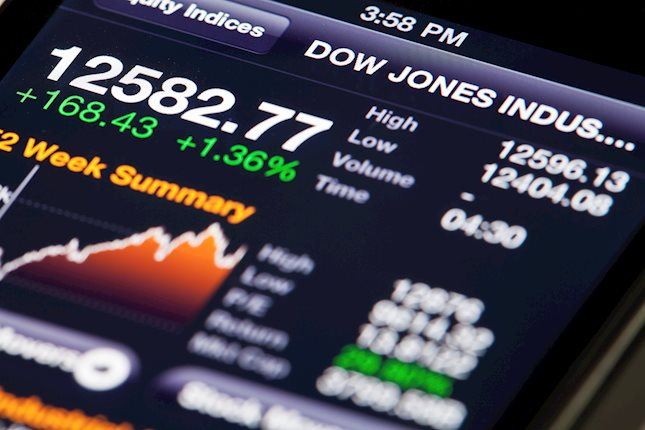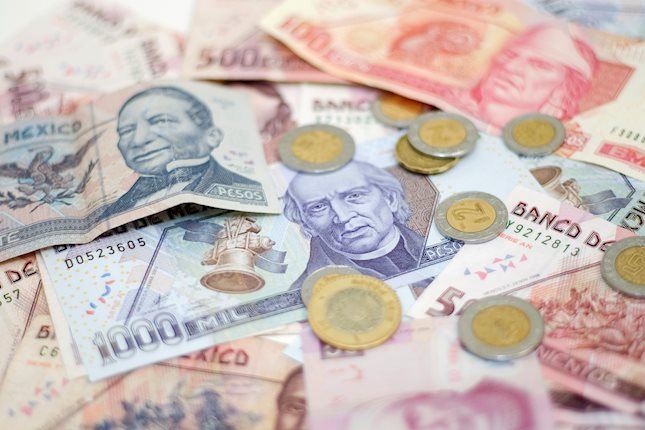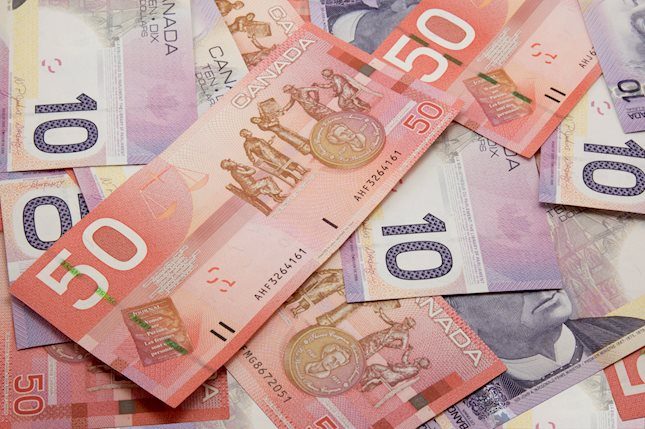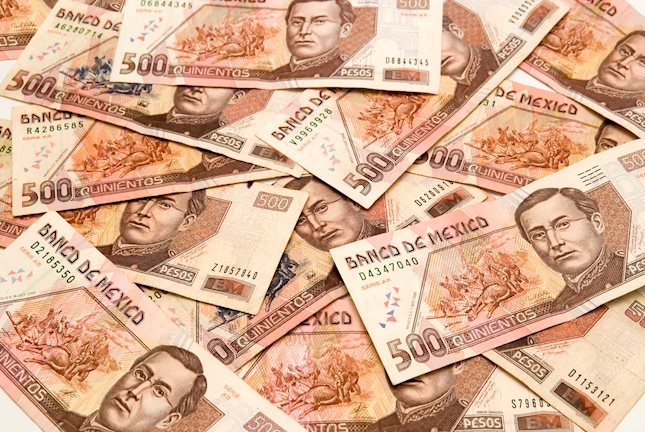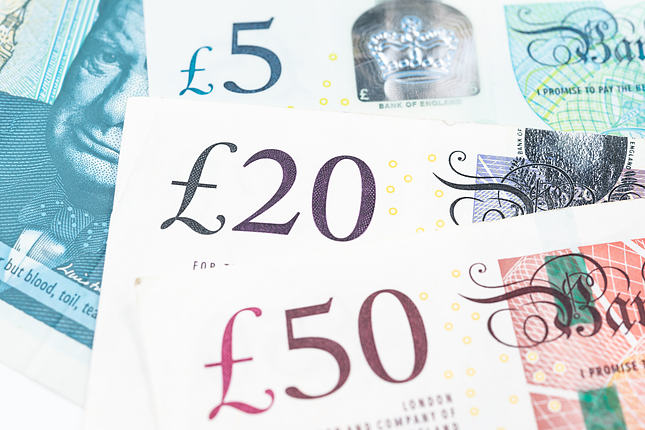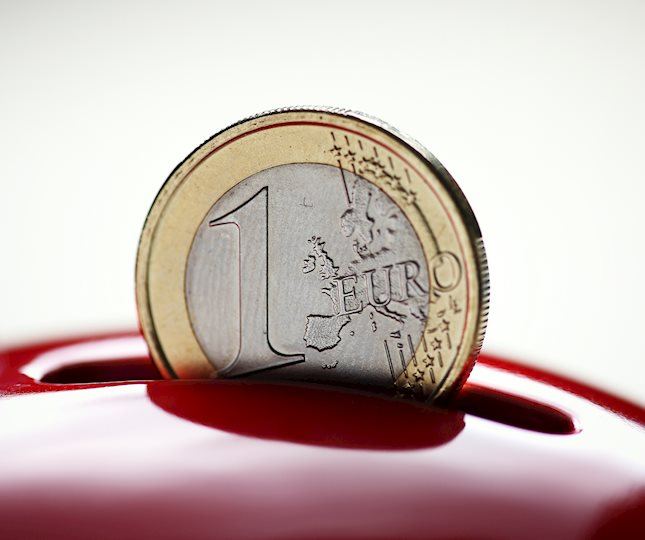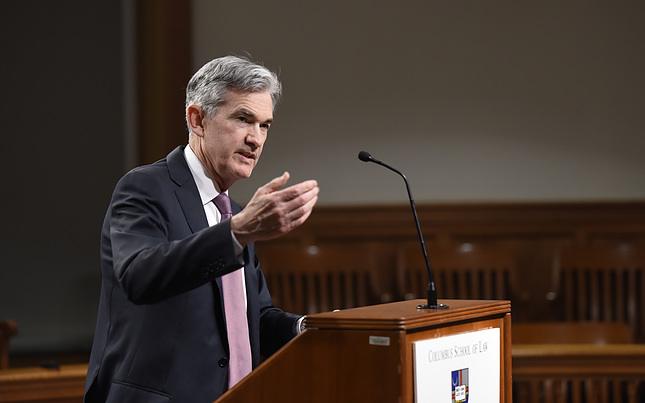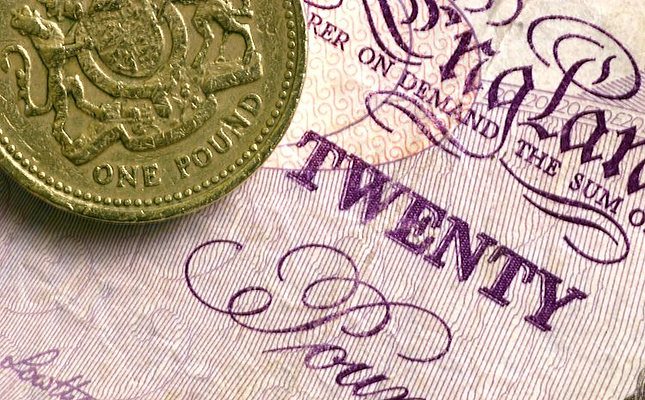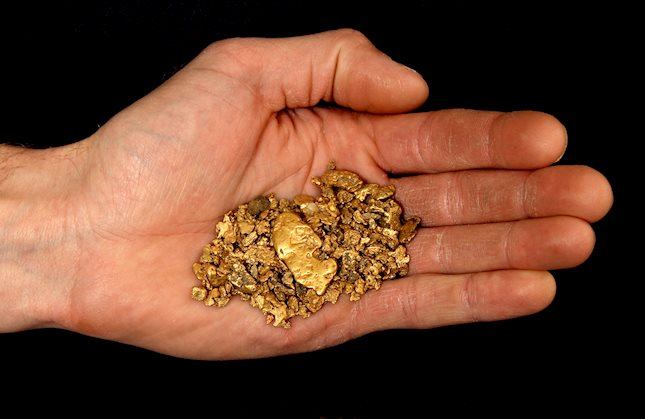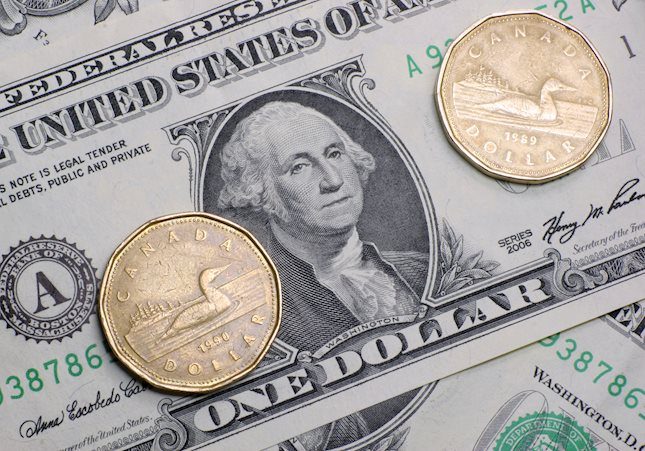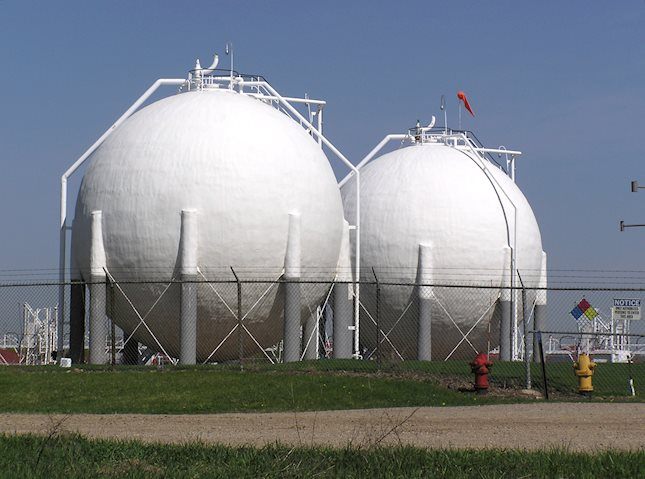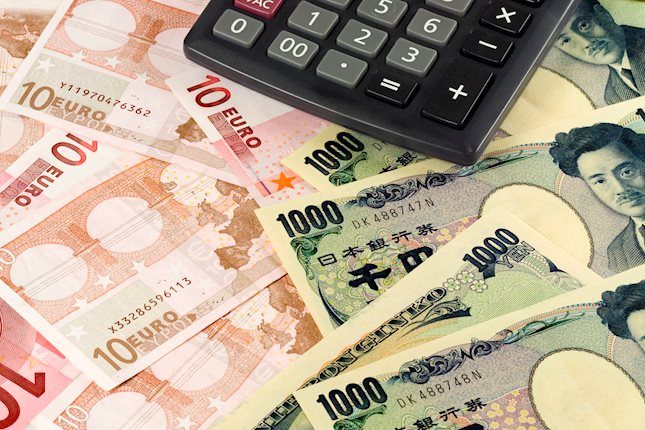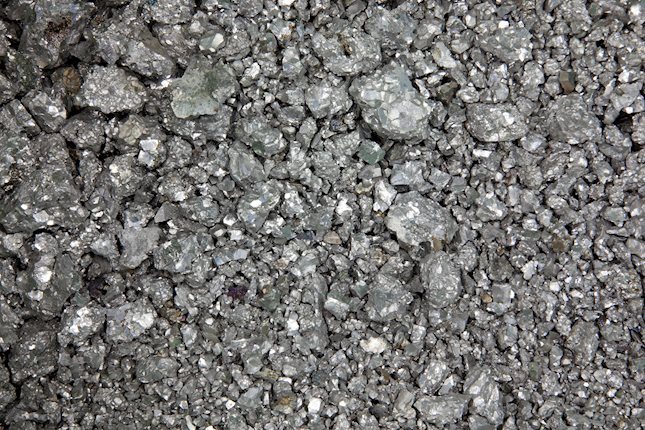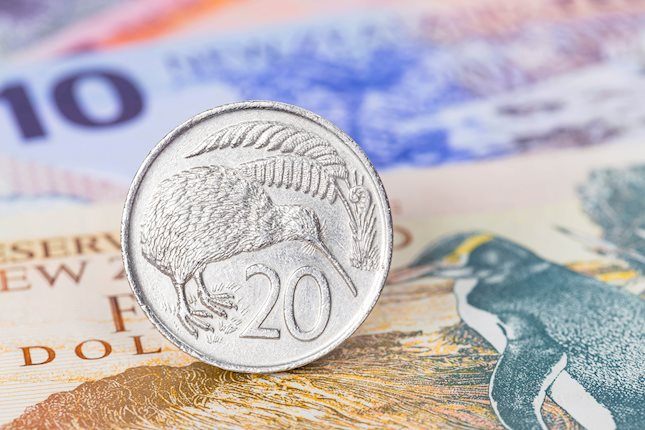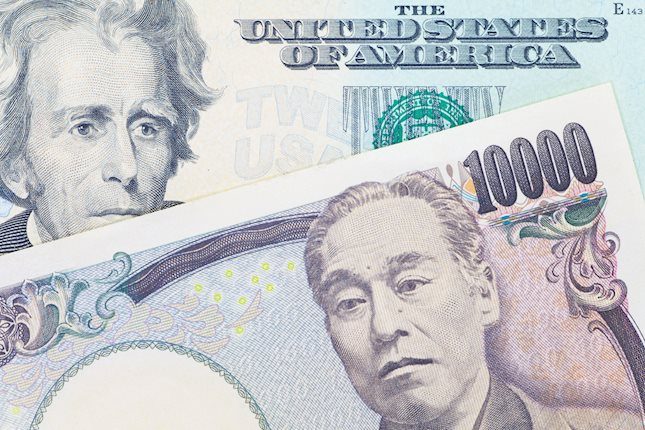Breaking: China’s GDP expands 5.3% YoY in Q1 2024 vs. 5.0% expected
China’s economy expanded 5.3% over the year in the first quarter of 2024, as against a 5.2%% growth in the final quarter of 2023, the official data released by the National Bureau of Statistics (NBS) showed on Tuesday. The market consensus was 5.0% in the reported period.
On a quarterly basis, Chinese Gross Domestic Product (GDP) rate increased by 1.6% in Q1 2024 vs. 1.0% registered in the previous quarter.
China’s March Retail Sales YoY, rose 3.1% vs. 4.5% expected and 5.5% prior while the country’s Industrial Production arrived at 4.5% YoY vs. 5.4% estimates and February’s 7.0%.
Meanwhile, the Fixed Asset Investment increased 4.5% YTD YoY in March vs 4.3% expected and 4.2% last.
AUD/USD reaction to China’s data dump
Stronger-than-expected China’s GDP data briefly lifted the Australian Dollar, although the upside appears limited amid unabated US Dollar demand. At the time of writing, AUD/USD is holding its minor upswing to near 0.6430, still down 0.22% on the day.
AUD/USD: 5-minutes chart
Australian Dollar FAQs
One of the most significant factors for the Australian Dollar (AUD) is the level of interest rates set by the Reserve Bank of Australia (RBA). Because Australia is a resource-rich country another key driver is the price of its biggest export, Iron Ore. The health of the Chinese economy, its largest trading partner, is a factor, as well as inflation in Australia, its growth rate and Trade Balance. Market sentiment – whether investors are taking on more risky assets (risk-on) or seeking safe-havens (risk-off) – is also a factor, with risk-on positive for AUD.
The Reserve Bank of Australia (RBA) influences the Australian Dollar (AUD) by setting the level of interest rates that Australian banks can lend to each other. This influences the level of interest rates in the economy as a whole. The main goal of the RBA is to maintain a stable inflation rate of 2-3% by adjusting interest rates up or down. Relatively high interest rates compared to other major central banks support the AUD, and the opposite for relatively low. The RBA can also use quantitative easing and tightening to influence credit conditions, with the former AUD-negative and the latter AUD-positive.
China is Australia’s largest trading partner so the health of the Chinese economy is a major influence on the value of the Australian Dollar (AUD). When the Chinese economy is doing well it purchases more raw materials, goods and services from Australia, lifting demand for the AUD, and pushing up its value. The opposite is the case when the Chinese economy is not growing as fast as expected. Positive or negative surprises in Chinese growth data, therefore, often have a direct impact on the Australian Dollar and its pairs.
Iron Ore is Australia’s largest export, accounting for $118 billion a year according to data from 2021, with China as its primary destination. The price of Iron Ore, therefore, can be a driver of the Australian Dollar. Generally, if the price of Iron Ore rises, AUD also goes up, as aggregate demand for the currency increases. The opposite is the case if the price of Iron Ore falls. Higher Iron Ore prices also tend to result in a greater likelihood of a positive Trade Balance for Australia, which is also positive of the AUD.
The Trade Balance, which is the difference between what a country earns from its exports versus what it pays for its imports, is another factor that can influence the value of the Australian Dollar. If Australia produces highly sought after exports, then its currency will gain in value purely from the surplus demand created from foreign buyers seeking to purchase its exports versus what it spends to purchase imports. Therefore, a positive net Trade Balance strengthens the AUD, with the opposite effect if the Trade Balance is negative.
Forex News
Keep up with the financial markets, know what's happening and what is affecting the markets with our latest market updates. Analyze market movers, trends and build your trading strategies accordingly.

